PLAYING BALL: U.S., Cuba draw closer behind love of baseball
especiales

The Cuban national anthem — El Himno de Bayamo — was played at Durham Bulls Athletic Park on Thursday night, followed immediately by the Star Spangled Banner.
In years past, that would have represented the most visible example of positive relations between the two Cold War adversaries.
This week, though, as the Cuban National Team plays a USA National Team made up of college baseball all-stars, two of the world’s baseball powers are drawing closer together away from the diamond.
On Wednesday, President Obama announced plans for the nations to open embassies in their respective capitals on July 20. One day soon, it appears, Cuban players will be free to sign professional contracts in the U.S. for the first time in nearly 60 years.
“The political changes — it’s a very dynamic and fluid situation right now,” USA Baseball executive director Paul Seiler said. “It’s still an administrative and logistical challenge because of visa issues. But the energy behind the scenes is very positive. We will all look back — hopefully — in time and say `Remember when?’ We’ll be able to look at these days and these kind of games that helped move us forward in the two countries.”
Even though relations between the two nations fell apart in the early 1960s after the revolution that put the communists and Fidel Castro in charge of Cuba, baseball teams from the two nations have competed against one another.
Exhibition series between U.S. and Cuban teams date to the 1980s. They’ve played in the Olympics together, with Cuba winning gold medals in 1992 in Barcelona, Spain, 1996 in Atlanta and 2004 in Athens, Greece.
The U.S. team beat the Cubans in the gold medal game in 2000 in Sydney, Australia.
But Cuban players have always had a sometimes dangerous route to playing in the Major Leagues. Barred by the Cuban government from freely leaving the country, players had to leave their families behind, sneak out of the country and establish residency in another country before signing professionally with Major League organizations.
Omar Linares, who compiled a .368 career batting average while playing in Cuban leagues, never made the leap to the Major Leagues. He starred for Olympic gold medal-winning teams in 1992 and 1996.
“Both of our teams have had great success and great titles,” Linares said, through an interpreter. “It’s always been United States and Cuba.”
In town coaching with the Cuban team for the games Thursday and Friday nights at the DBAP, Linares holds no bitterness about missing out on the opportunities modern players may now get to play in U.S. professional leagues.
“I’m very happy,” Linares said. “Despite the fact that I didn’t have the possibilities as relationships could have been better at that time, now at the end of the road, you can say, they are greatly improving. Cuba has opened up the doors for their athletes to go out and play in the world — in any league in the world. It will be beneficial not only to the athletes but to the sport.”
Last year, Chris Okey was part of a U.S. national team that played a series in Cuba. He called it an awesome experience.
A catcher from Clemson, Okey is playing in the series again this year here in North Carolina. A year from now, he’ll be eligible for the MLB First-Year Player Draft and have the opportunity to turn professional.
The fact that some of these star Cuban players he’s been competing against are likely to have that chance one day makes him happy, too.
“I think it is huge,” Okey said. “They would all get to come here to America where I think they all, like we do, dream of playing in the Major Leagues. So now I think it’s a good opportunity for them to show their great talents in front of American scouts and for us to play against their best players.”
Major League Baseball officials have yet to work out the details with the U.S. State Department and the Cuban government to get Cuban players here more easily.
Seiler is quick to point out those decisions are made at levels far above him. But he likes, hopefully, being part of the solution that helps both sides draw even closer and trust each other more.
“As we do these things it’s not a driver and not necessarily the reason you do things,” Seiler said. “But diplomacy is a driver. It’s a part of showing we can go beyond some of those political restraints.”


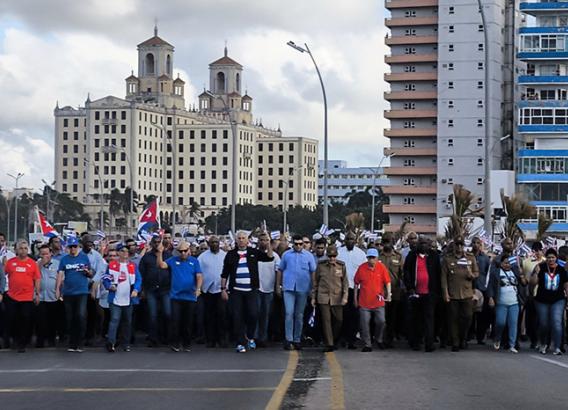
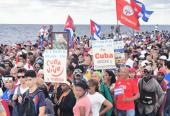


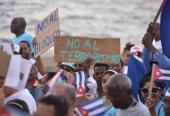



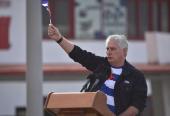
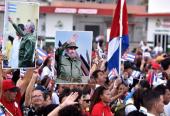

Add new comment